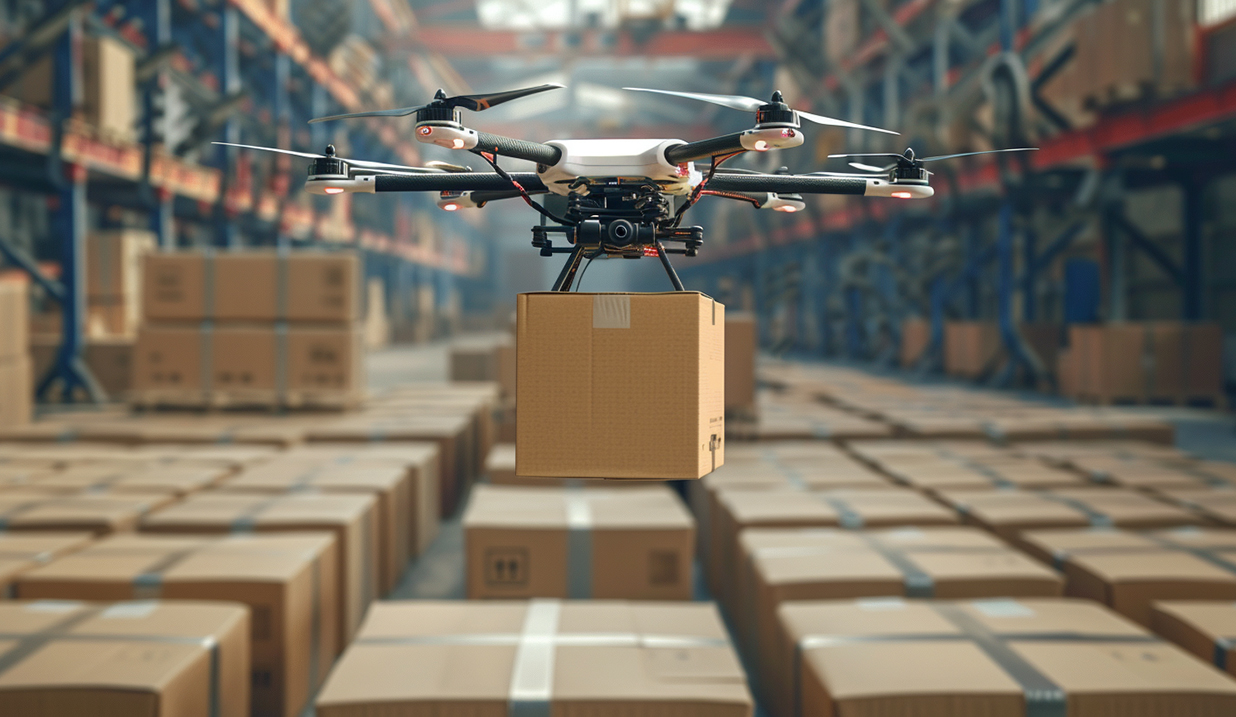
WIRELESS CHARGING IN THE NEWS
Wheeled inspection robot has become an important tool in various industrial and infrastructure inspection tasks because of its flexible motion ability and wide adaptability. However, with the increasing frequency and working time of these robots, how to effectively provide them with power support has become a crucial topic. Although the traditional wired charging method is mature, it has also exposed some shortcomings in practical applications, which prompts people to explore the application potential of wireless charging technology in wheeled inspection robots.
Typically, wheeled inspection robots rely on pre-set charging stations for wired charging. Such a charging method requires the robot to return to the designated position to charge after completing a certain task. Although this method can ensure the stability of charging, it often affects the work efficiency of the robot in actual operation. Each charge means that the robot needs to temporarily stop the inspection task and return to the fixed charging station, which undoubtedly increases the time cost of the inspection task. Especially in large-scale inspection scenarios, the robot may need to return to the charging station frequently, which reduces the efficiency of the entire system. In addition, the construction and maintenance of charging stations is also a complex and expensive project.
Facing these problems, wireless charging technology provides a more flexible solution for the power supply of wheeled inspection robots. Wireless charging can transfer power without physical contact through the principle of electromagnetic induction or magnetic resonance. This means that the wheeled inspection robot can automatically charge while driving or in a specific charging area, without having to stop work to return to the charging station. The application of this technology enables the robot to maintain continuous operation during inspection tasks, greatly reducing the charging time and downtime, and improving the overall work efficiency.
Wireless charging technology is applied to wheeled inspection robots, which can automatically replenish power when they pass through the pre-set charging area. This charging method is especially suitable for those scenarios that require a long time and high frequency inspection. For example, a number of wireless charging points are set up on the ground of the factory workshop, and when the robot is performing inspection tasks, it can automatically charge through these charging points, without deliberately interrupting work to return to the charging station. This not only extends the working time of the robot, but also reduces the dependence on the charging station and simplifies the design and maintenance of the entire system.
However, wireless charging technology also faces some challenges in practical applications. The efficiency of wireless charging, transmission distance and stability in complex environments are all problems that need to be solved. In order to ensure that wheeled inspection robots can obtain stable power supply in various environments, the wireless charging system must be carefully designed and debugged. For example, in scenarios with high electromagnetic interference or complex ground conditions, how to ensure the efficiency and safety of wireless charging is a difficult problem that technicians need to overcome. In addition, the installation and maintenance costs of wireless charging systems also need to be evaluated and weighed in practical applications.
Looking to the future, with the further development and maturity of wireless charging technology, the power supply of wheeled inspection robots will become more flexible and efficient. By combining the wireless charging technology with the intelligent control system of the robot, the robot can independently plan the charging strategy, and replenish the power at any time while completing the inspection task. This will greatly improve the work continuity and task completion efficiency of the robot, and provide a more reliable and efficient solution for industrial inspection. Ultimately, wheeled inspection robots will be able to better adapt to complex and changing work environments and realize their maximum potential in industrial automation.







